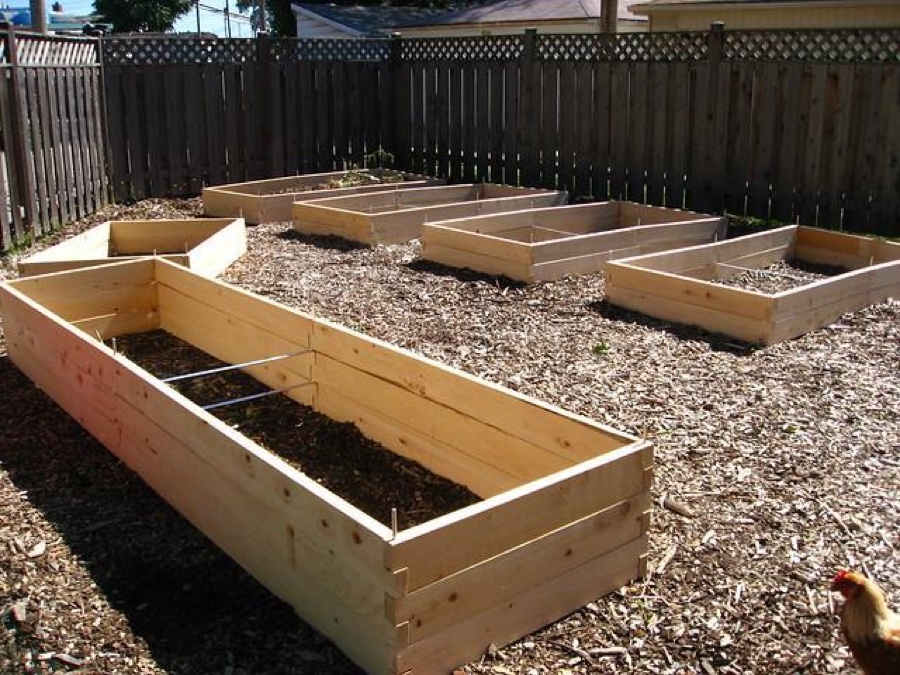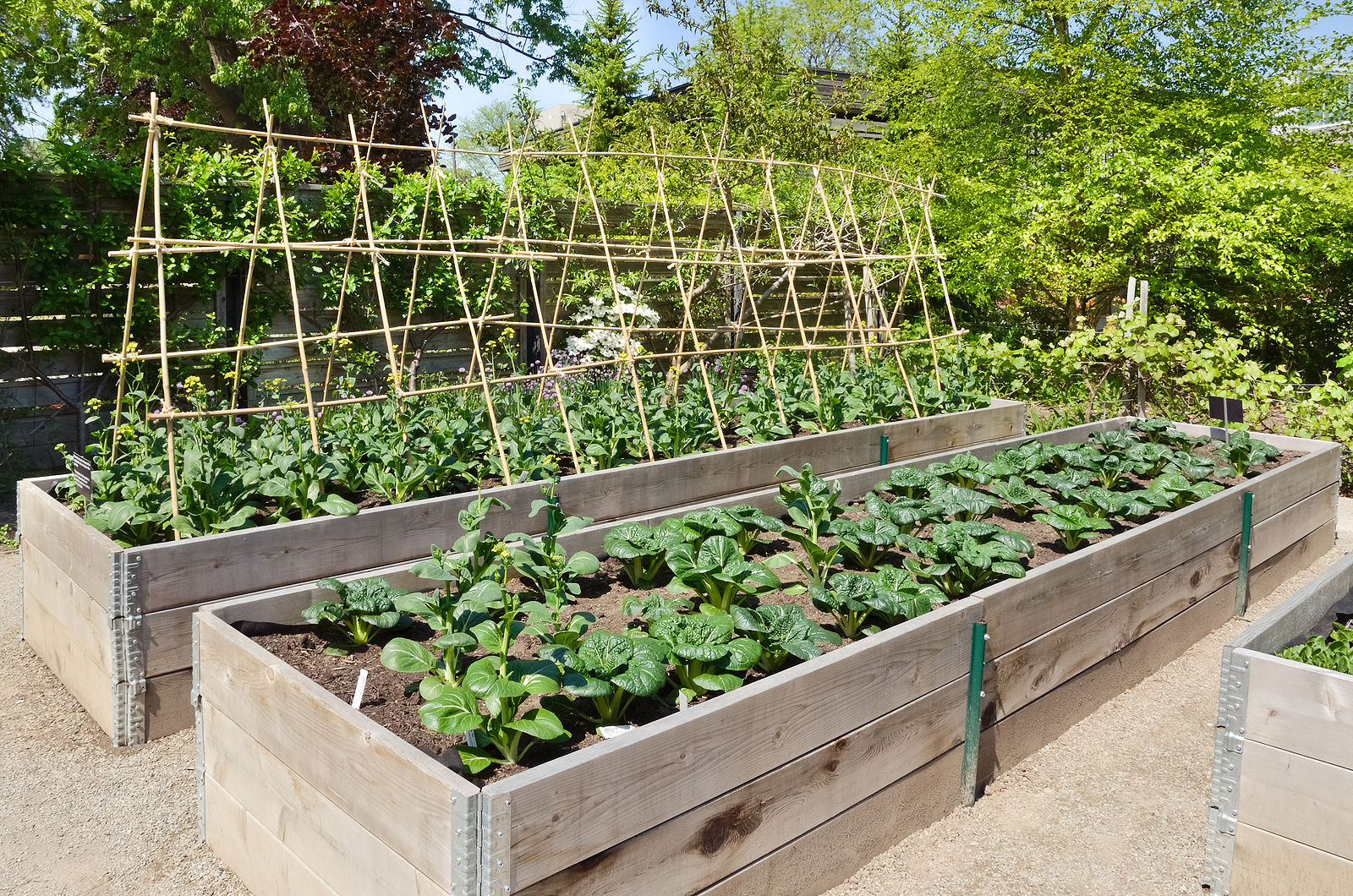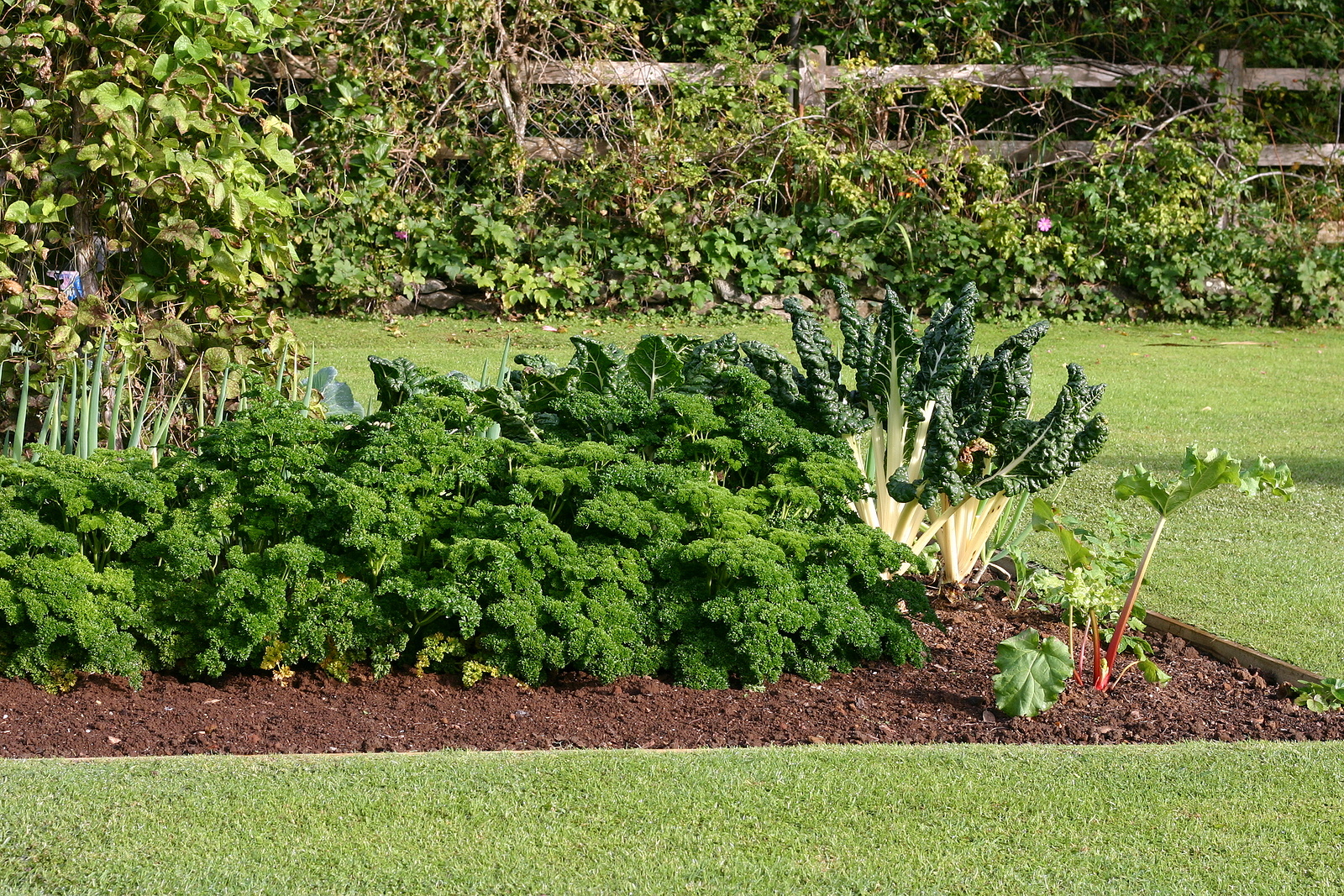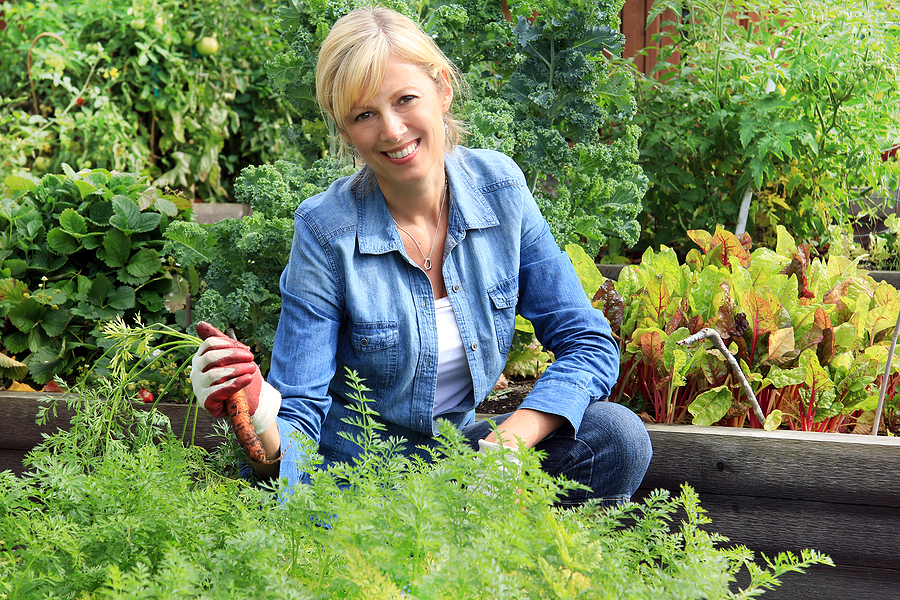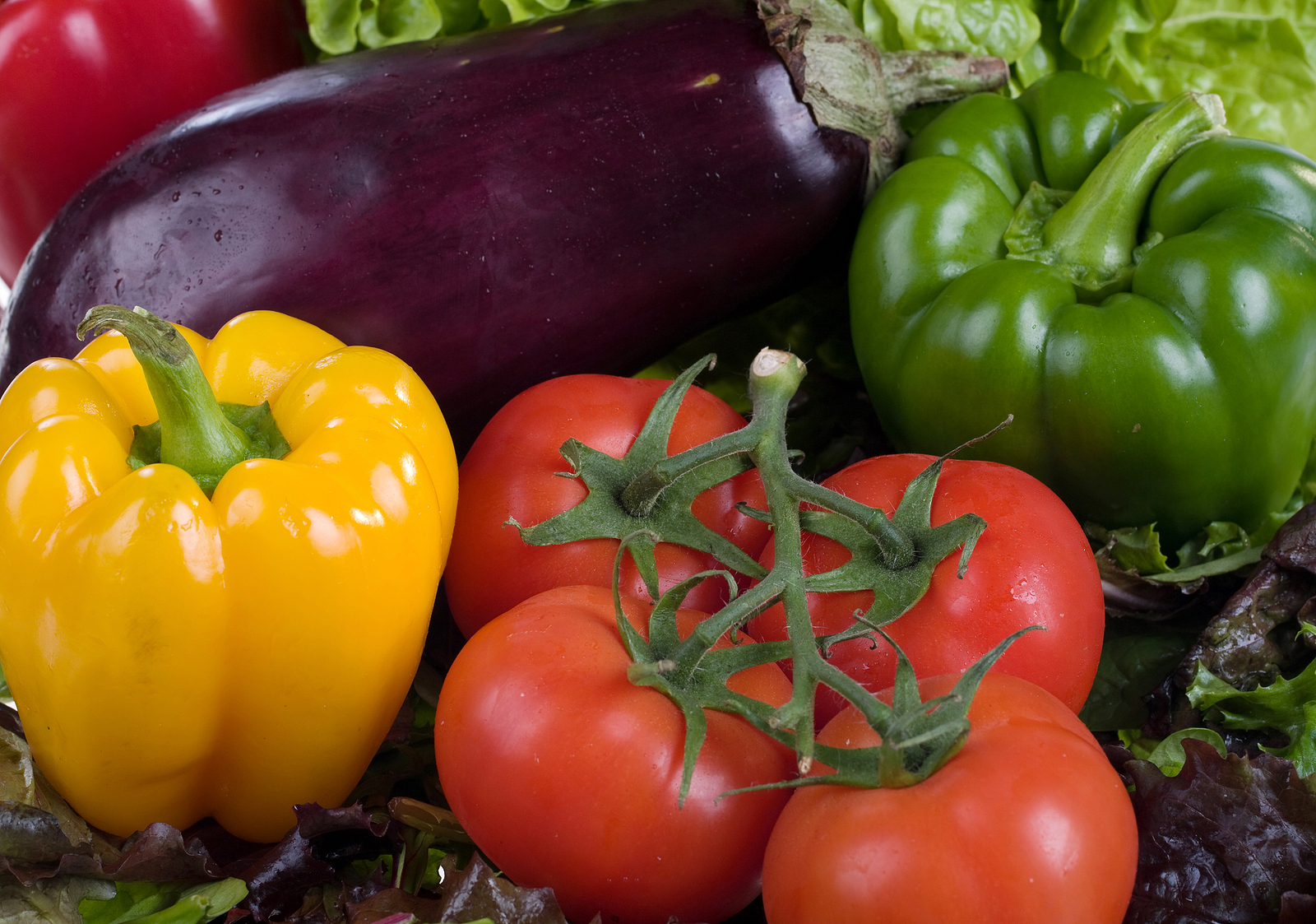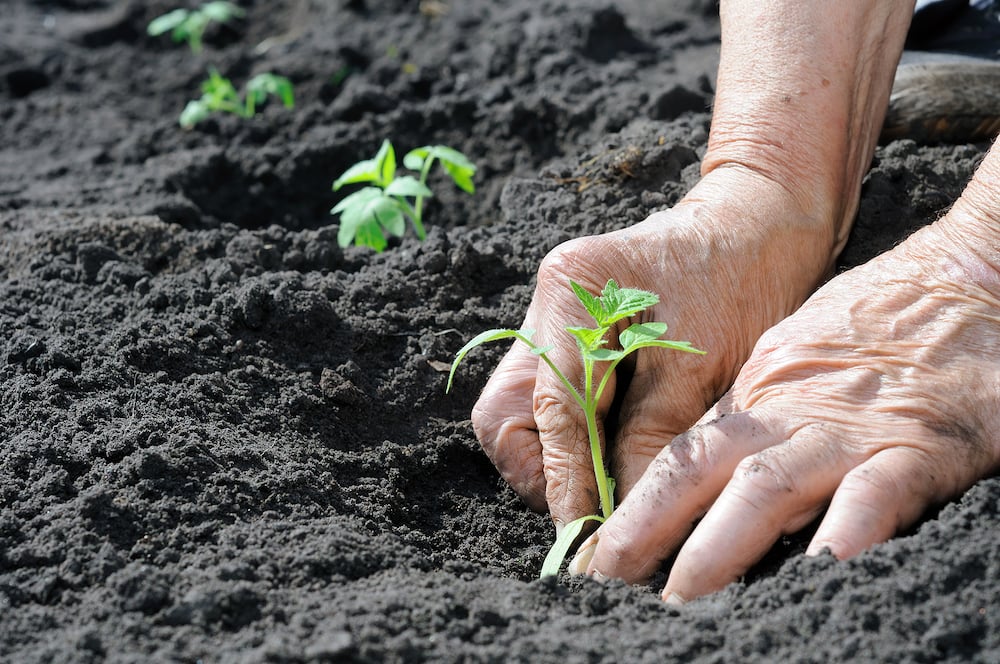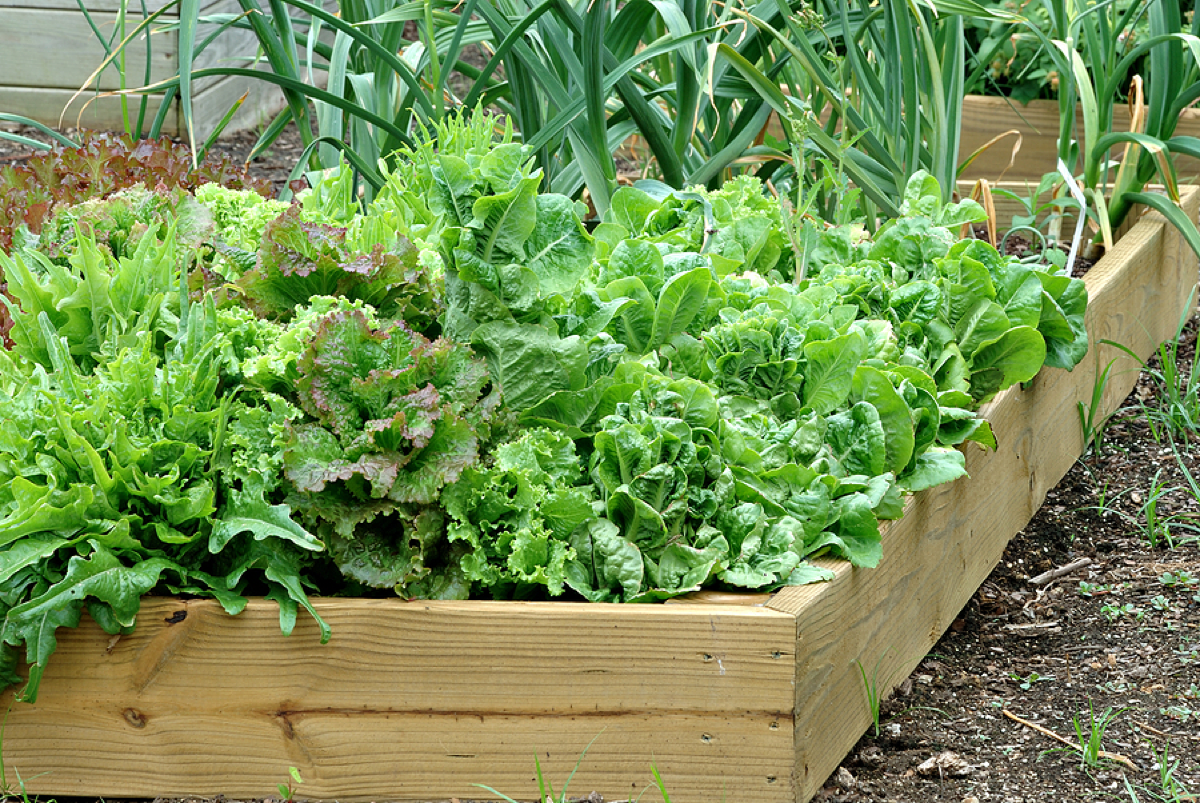When looking online for garden design inspiration, it’s easy to see that the raised garden bed is having a major moment. Everywhere you turn, people are showing how easy, fun, and beautiful their raised beds, and their resulting harvests, are.
And there’s a good reason why: by using raised garden beds to grow your fruits, veggies, and herbs, you’re able to access your garden beds with less bending and stooping than you would if you were to plant directly in-ground.
Not only that, but with raised vegetable garden beds, you can more easily control the quality of your garden soil. This leads to a garden that’s easier to care for, and ultimately easier to enjoy!
If you’re brand new to gardening, installing raised vegetable garden beds can work excellently for raising your crops, no matter how big or small.
Plan Your Raised Vegetable Garden Bed
When beginning the planning process, take a look around your lawn and decide how much of it you’re willing to dedicate to your vegetable garden venture. Transforming an area of your lawn into a garden space isn’t difficult, but it does require thought and planning. After constructing your raised beds, you could be committed to your configuration for six months or more.
You’ll need to find a good spot for your raised vegetable garden beds. Consider if you’d like for them to be close to your house, perhaps right off the patio, for ease of care and harvesting. Or perhaps you have a good flat spot in the farther reaches of your yard that would be a perfect place for installing your new raised beds.
When choosing the placement of your raised vegetable garden beds, consider how many sunny hours each spot will receive. A lot of veggies require full sun (at least six hours per day), but if you’re wanting to prolong the growing time of some cool weather vegetables, like broccoli or lettuce, you may want to place a bed in a shadier spot to prevent early bolting.
While in the planning phase, think seriously about how many different types of plants you want and can reasonably care for.
Are you a hobby gardener who wants to try out some new fun varieties, or are you looking forward to freezing and canning an abundance of produce?
What you plan to do with your harvest can help you determine how many raised beds you’ll need, and what size you need to build them. Determining how many plants you can fit in each square foot or raised vegetable garden bed will help you make these important decisions.
Once you know how many beds you need to make your vegetable garden dreams come true, it’s time to think about materials. Raised beds can be made from a variety of materials, from galvanized metal to rock, but one of the most cost-effective and eco-friendly options available is wood.
When using wooden boards, you’re able to easily control the height of your raised beds. Sourcing untreated lumber will help you to prevent chemicals from leaching into your garden soil, leading to a healthier harvest. You can prolong the life of your untreated beds by choosing a wood that’s slower to decay, such as cedar or osage orange.
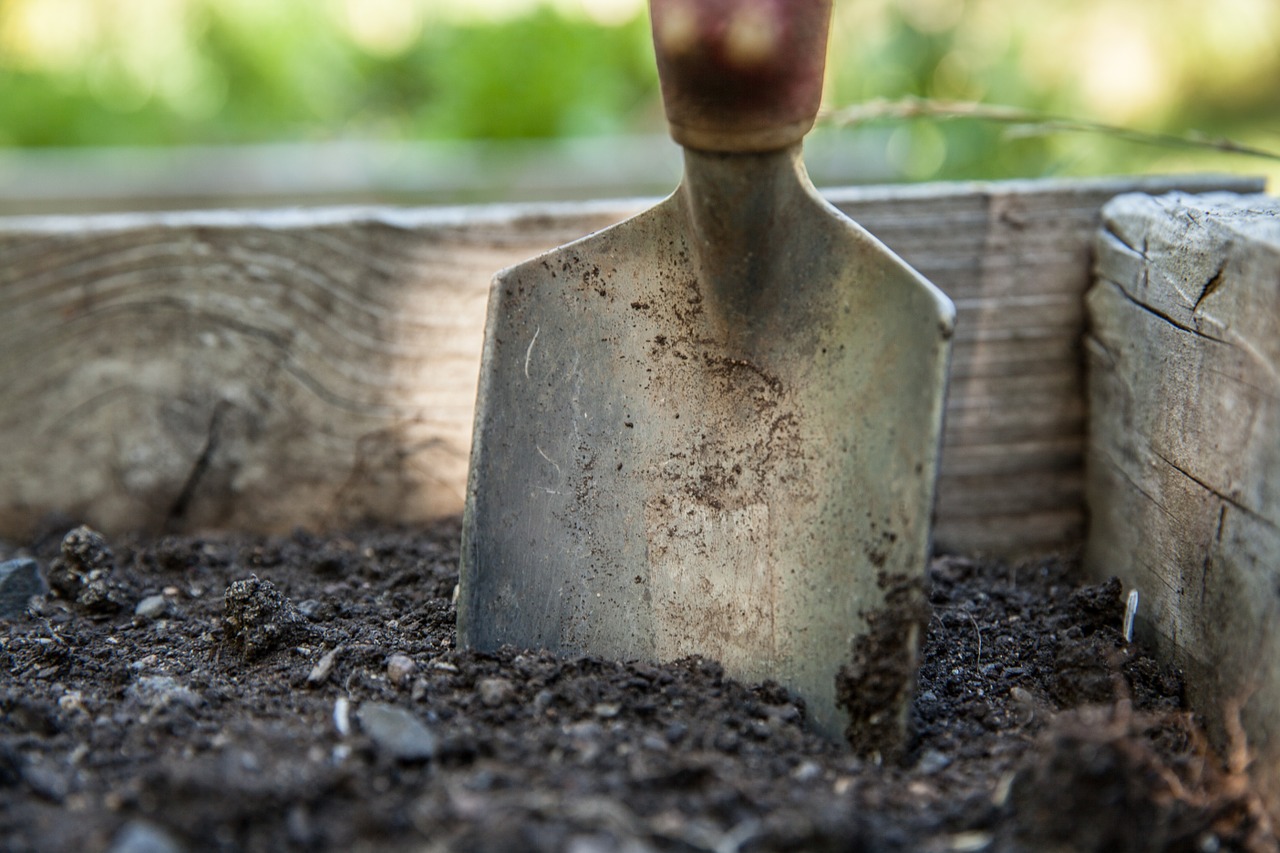
Build Your Raised Beds
When first considering how to build a raised vegetable bed (or two or ten), knowing what size and shape will work best for you is a great place to start. Remember that one of the great things about container gardening is that it’s often easier on your body. Making your beds no wider than you can comfortably reach and at a height that is suited for you is very important.
If you love DIY and want to save money on your raised garden vegetable bed project, you can build your own raised beds for a very reasonable amount of money. Some wood, some nails, screws, or brackets, and a few common tools are all you really need for the bed itself.
A garden bed kit from a big box store is another option for someone who likes to DIY. These typically include all your materials pre-measured and cut for your convenience.
If you aren’t sure about undertaking a DIY project, or if you simply want to make sure you get your raised beds done right the first time, consider hiring a professional for high-quality craftsmanship. Not only will a professional landscaper and gardener have the experience and tools necessary to build your beds well, but they are also experts in growing healthy plants. They have experience in managing beds efficiently and can impart a lot of their knowledge to you.
Hiring someone to help you through the process of installing your raised vegetable garden beds will save you lots of homeowner headaches throughout the entire process, leaving you with beautiful raised beds that will be well-built and will require less maintenance in the coming gardening seasons.
When undergoing the construction of your beds, whether on your own or with the help of a professional, keep in mind the importance of placing them in an area that is healthy and uncontaminated. Using organic practices in the areas surrounding your beds will help you to avoid contamination in your beds, making sure that your produce will be grown as healthfully as possible.
Fill Your Raised Beds
After your beds are constructed and set in place, it’s time to fill your beds. It’s important to choose high-quality organic matter as bed material in order to insure the health of your future fruit, vegetable, or herb garden.
Healthy garden soil can be achieved in a couple of different ways. It’s possible to buy several bags, or even a truckload of topsoil with which to fill your beds. This way can be a bit costly, depending on the quality of the topsoil available to you. You can also achieve a good soil mix in a more cost-effective way by layering organic matter.
A practice that’s currently popular in building raised vegetable garden beds is inspired by Hugelkultur, a German term involving gardening on top of layered mounds, which have a foundation of decomposing logs at the bottom and alternating layers of organic matter.
Using sticks and small branches of varying levels of decomposition in the bottom of your raised beds is a great way to fill a good amount of volume with nutrient-rich organic matter that will decompose over time, returning its nutrients to the soil of your raised beds. Follow this layer with topsoil mixed or layered with compost (homemade or store-bought), and you have a good foundation for your new gardens.
After filling your beds, you may want to test your soil to find out if it needs any amendments. Even rich topsoil can be lacking in some vital nutrients needed to grow healthy fruits, veggies, and herbs. You can find great organic fertilizers that will help to feed your future plants. Healthy, vitamin rich vegetables begin with well-fed plant roots.
Plant and Maintain Your Raised Garden Beds
Once your new raised beds are filled, the fun part can begin! Plant crops either from seeds or starts, keeping in mind which parts of your new garden area are most suited for certain plants based on sun/shade and proximity to your home.
Research which crops are companions, meaning they grow well together and support one another. Companion planting within the same raised bed will help you to maintain healthy plants and keep your soil healthy for more seasons.
If, when planting your raised vegetable garden beds, you find yourself running out of room, think vertically! You can maximize your growing space by training vining and trailing plants, like cucumbers, pole beans, and some squash, upwards onto a trellis.
After you have planted your raised beds, make sure that your plants are regularly watered. If the forecast doesn’t call for rain, you’ll have to determine how often your plants need watering. Some prefer a soggier environment than others, and figuring out the balance can take a bit of research and experience.
Collecting water in rain barrels is a good option for watering during drier times. Water collection for gardening purposes not only saves money, but many plants grow much better when watered with rainwater rather than treated water.
It won’t be long after planting that you’ll notice that weeds will be an issue. Pulling by hand or using garden tools such as hoes and trowels are the best ways to get rid of weeds organically.
Adding mulch to your raised vegetable garden beds is an excellent way to keep down a lot of the pesky weeds that will inevitably plague you throughout the growing season. Not only does mulch help tremendously with weed suppression, but it also helps to keep beds damp for a longer period, allowing you to cut back on watering.
Maintaining your crops throughout the growing season can be a lot of work, but it’s work that is both fun and rewarding. When your daily harvests begin, you’ll realize that all the thought and labor you’ve put into installing your raised beds was worth it. Few things beat picking fresh vegetables at peak ripeness right outside your door!
To learn more about beginning a first home vegetable garden, please download our free ebook, The Backyard Bounty: A Beginner's Guide to Growing Fresh Food, Saving Money and Enjoying Nature.


